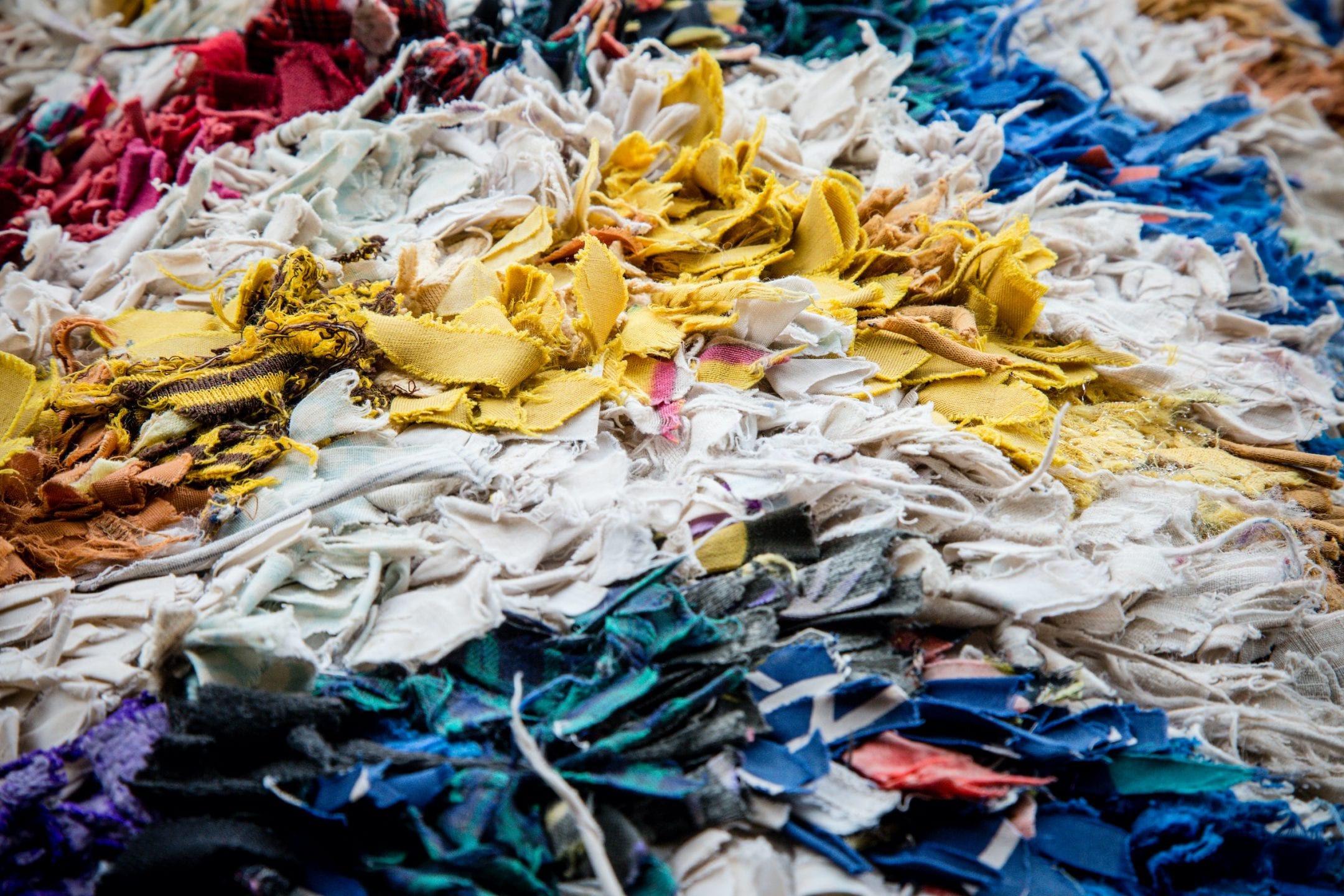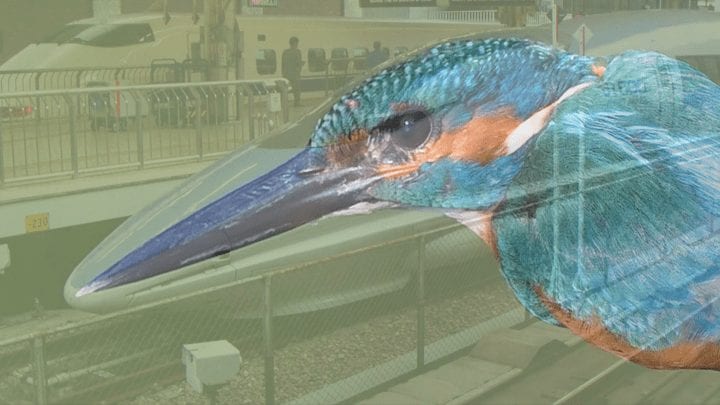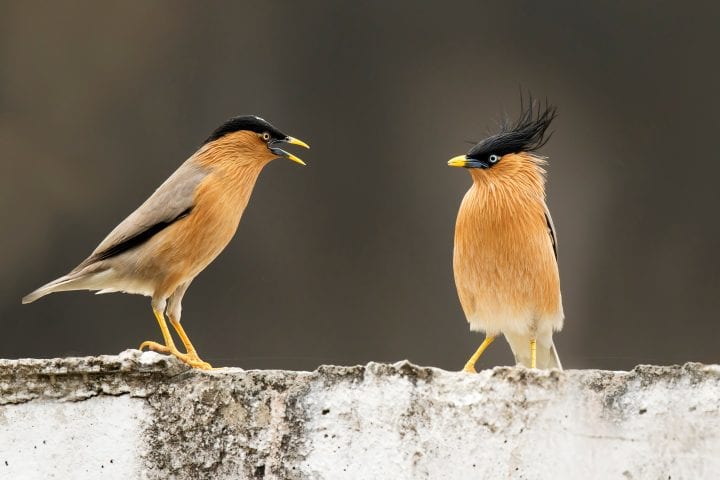Six lesson plans encourage students to question the linear economy and move toward a circular one modeled after nature.
Objectives
- Students will learn a different way of thinking about how our economy could work: a circular economy.
- Students will learn how a circular economy is different from the status quo.
- Students will learn how nature is a model for a circular economy.
- Students will look at the economic, environmental and social advantages of a circular economy.
The circular economy is a biomimetic concept inspired by the flow of materials and energy within ecosystems. This series of six lesson plans provides a good introduction to the circular economy and can be taught in sequence or as stand-alone lessons.
Lessons 2, 5, and 6 specifically include looking to nature as a good place to find models for the design of circular economies. The lessons in this collection take from 45 to 120 minutes each; longer ones can be split into two classes.
- Lesson 1, Challenging Common Conceptions, uses nine YouTube videos of ~1 minute each to stimulate classroom discussions.
- Lesson 2, Exploring the Circular Economy, consists of a card activity to explore and compare both linear and circular economies.
- Lesson 3, Understanding the Challenge of “Finite” Resources, uses two videos and classroom discussions. One of the videos requires signing onto Educanon’s PlayPosit website.
- Lesson 4, Designing for a Circular Economy, presents case studies and a video, then has the students design a product or service.
- Lesson 5, The Circular Economy and Modern Agriculture has videos, case studies, and student discussions. One of the activities requires signing onto Educanon’s PlayPosit website.
- Lesson 6, Redesigning Plastics, uses slides and discussion, ending with hands-on designing.
In addition to these lesson plans the Ellen MacArthur Foundation also supports a “Learning Hub” with additional information about the circular economy, which educators may wish to review or share with students.





